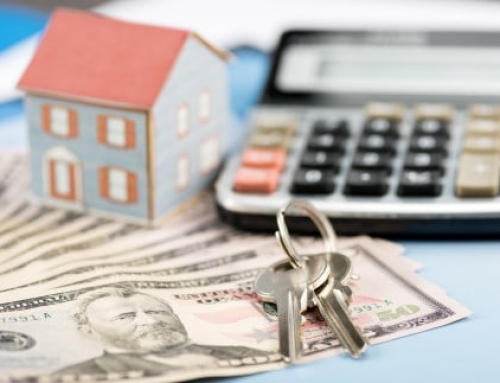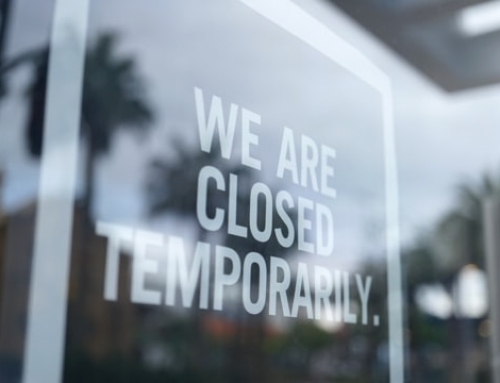In the weeks following the November 2016 election of Donald Trump, Liberty Street Economics posted a blog about the role that political affiliation played in consumers’ attitudes about various economic factors. What they found was that Americans’ political and economic outlook changed dramatically depending on partisan affiliation. Most notably, those who identified as Republicans were much more optimistic relative to their Democratic counterparts.
With the one-year anniversary of President Trump’s inauguration behind us, the Liberty Street team updated their post. Here’s a snapshot of what they found.
CONSUMER EXPECTATIONS
The left panel of the table below compares attitudes before and after the 2016 election, extending through the weeks following the January 20, 2017, inauguration. The panel to the right looks at current attitudes of the same respondents a year later.
NOTE: The data is based on splitting the sample into respondents in counties that voted for Donald Trump (henceforth “Republican counties”) and those in counties that voted for Hillary Clinton (“Democratic counties”)
Here’s what we see:
- The left panel shows the percentage of respondents who say they expect to be better off financially a year from now.
- In the lead-up to the 2016 election, Democrats were generally more optimistic about the country’s economic prospects. This optimism gap dated back nearly two years.
- Following the election, the trend flipped as Republicans became more optimistic, although it’s interesting to note that, despite the polarization, Democrats maintained their optimism in the weeks following the election.
- In recent months, Republican counties have become relatively more pessimistic, indicating that polarization is returning to pre-election levels.
- The right panel shows the percentage of respondents who report being better off financially than they were a year ago:
- It’s interesting that in the weeks following the election, Republicans indicated they were better off financially, even though the new administration had not implemented any new policies. As the authors suggest, “this result is consistent with respondents having a forward-looking understanding of their current financial situation.”
OVERALL ECONOMIC OUTLOOKWe see similar patterns emerge as the study looked at consumers’ attitudes about the overall economy in general. The left panel of the table below measures the likelihood that U.S. stock prices will be higher a year later. The right panel explores whether U.S. unemployment will be higher one year from the survey date.
Again, we see that Republican counties were more pessimistic than Democratic counties in the lead-up to the 2016. Following the election, Republican optimism grew markedly, but over the past year has begun to recede.
POLICY EXPECTATIONS
Finally, as the table below illustrates, we see similar trends when looking at broader policy issues such as government spending and taxes.
Here is what we see:
- Republican counties anticipated larger increases in government debt prior to the election.
- Following the surprising election results, there was a dramatic reversal in Republican attitudes about anticipated government spending.
- An interesting note: in recent months, as the realities of a new tax plan come into focus, both Republican and Democratic counties indicate a belief that government spending will increase significantly.
- With regard to tax increases (right panel) there was little polarization in the years leading up to the 2016 election. But since the election, Republican counties, in general, expect smaller increases in taxes than Democratic counties.
One could surmise that these results are more a function of demographics than political attitudes. Indeed, mean household income in Democratic counties is $78,000, versus $61,000 for Republican counties. Education levels also differ, with 40% of those in Democratic counties having at least a Bachelor’s degree, versus 25% in Republican counties. But the authors took this into account. After controlling for demographic characteristics (including age, gender, income and education), they found similar patterns of partisan polarization, meaning, the shifts in consumer expectations following the 2016 election appear to truly reflect political polarization.
SOURCE:
Olivier Armantier, John J. Conlon, and Wilbert van der Klaauw, “Political Polarization in Consumer Expectations,” Federal Reserve Bank of New York Liberty Street Economics (blog), December 15, 2017, http://libertystreeteconomics.newyorkfed.org/2017/12/political-polarization-in-consumer-expectation.html.







